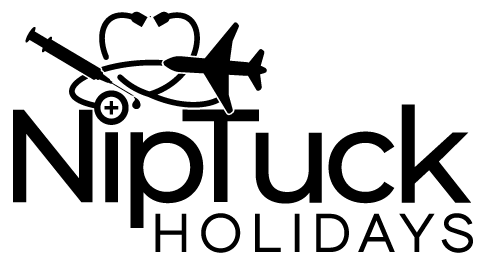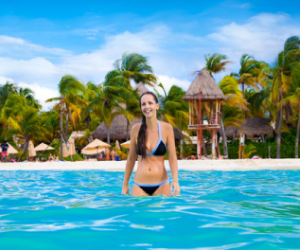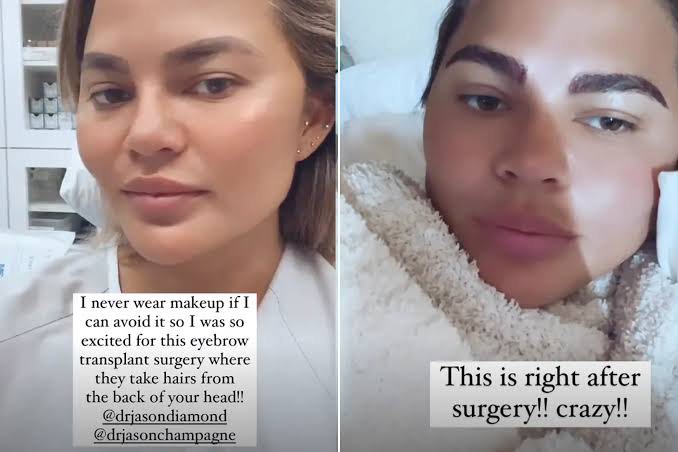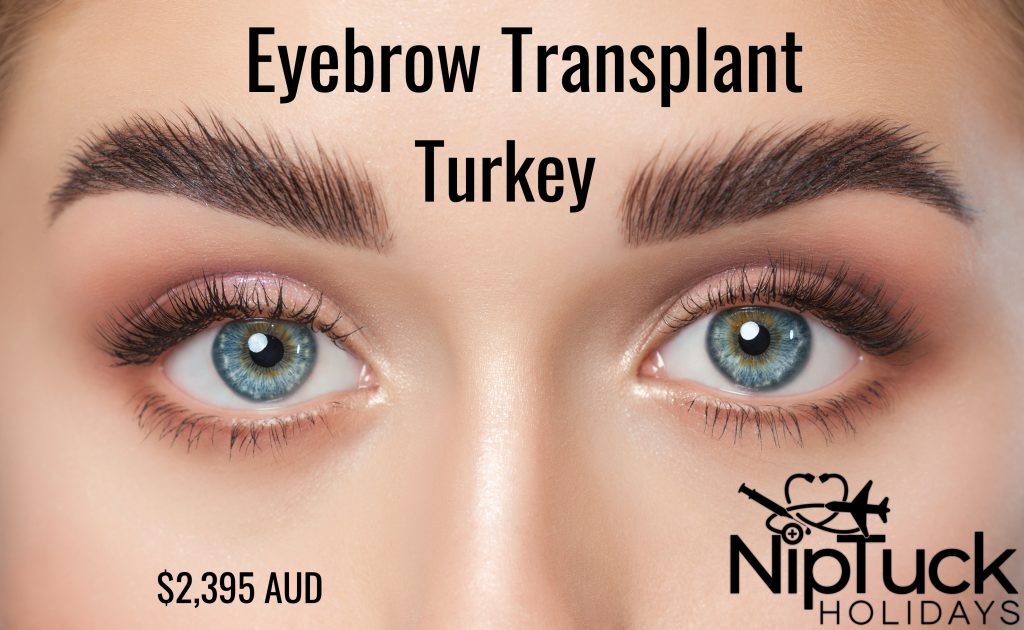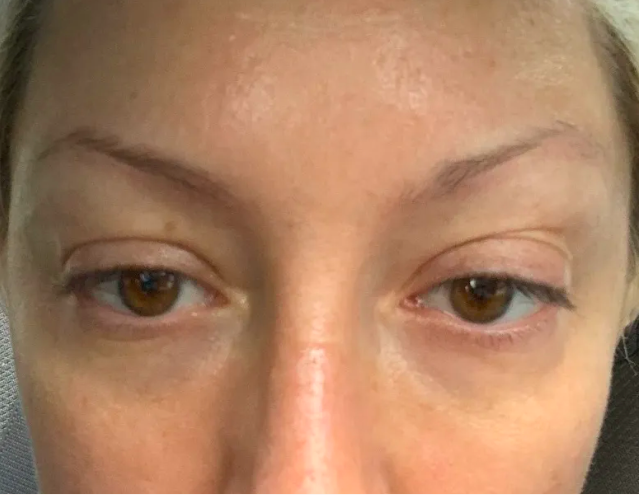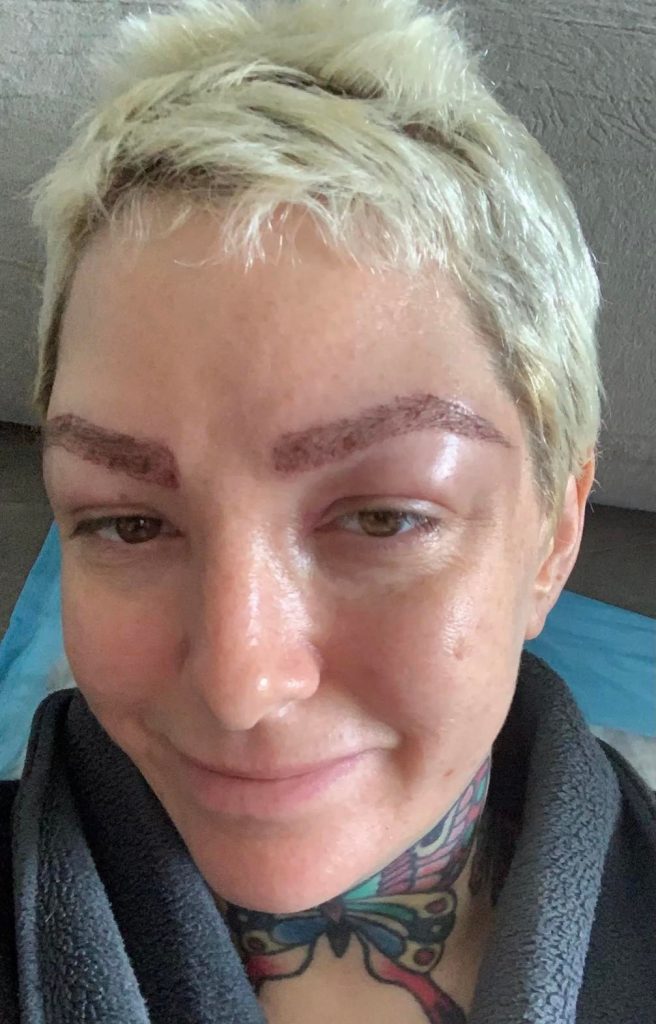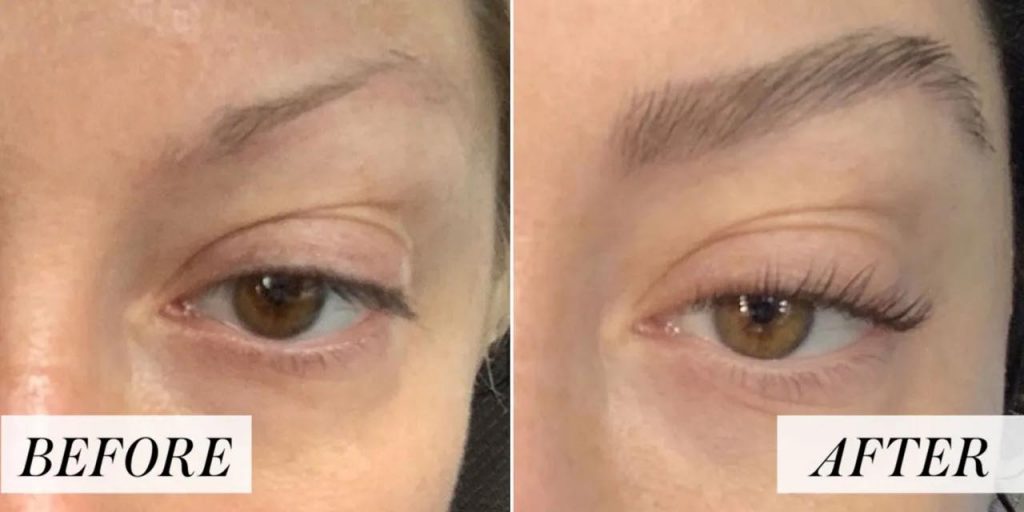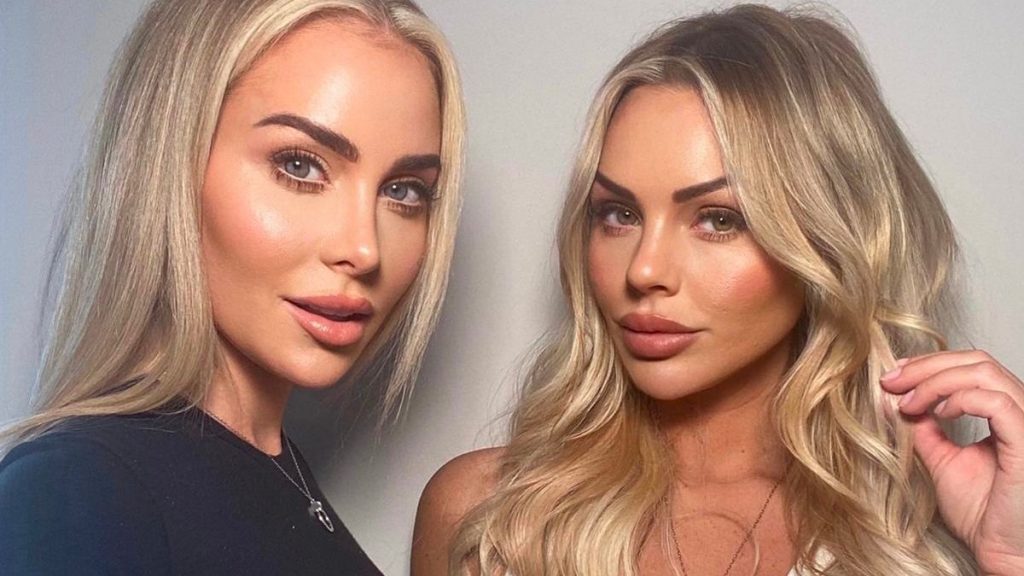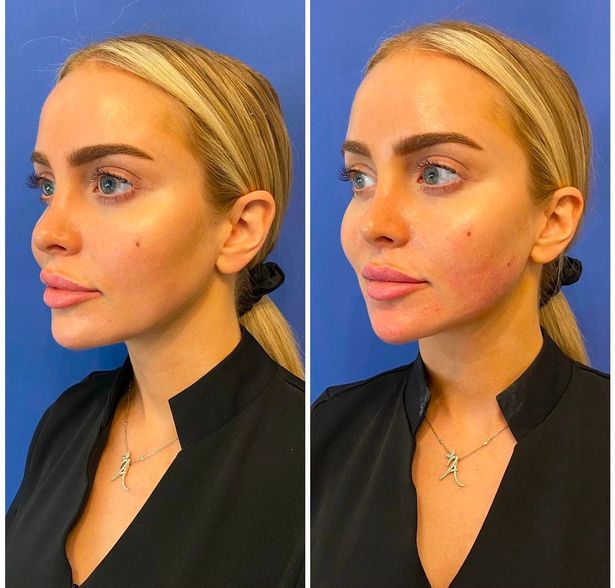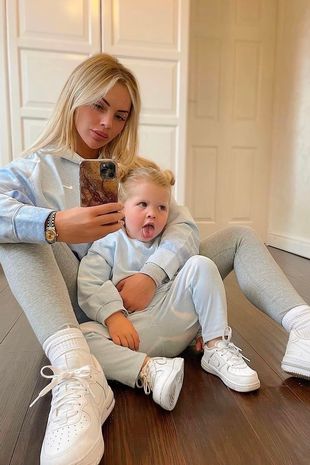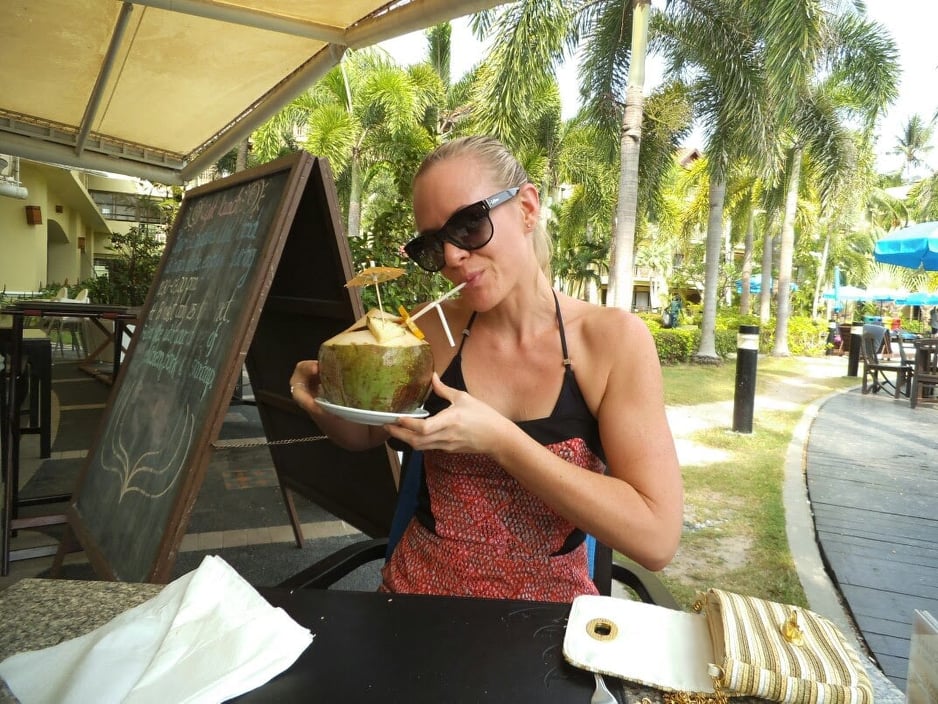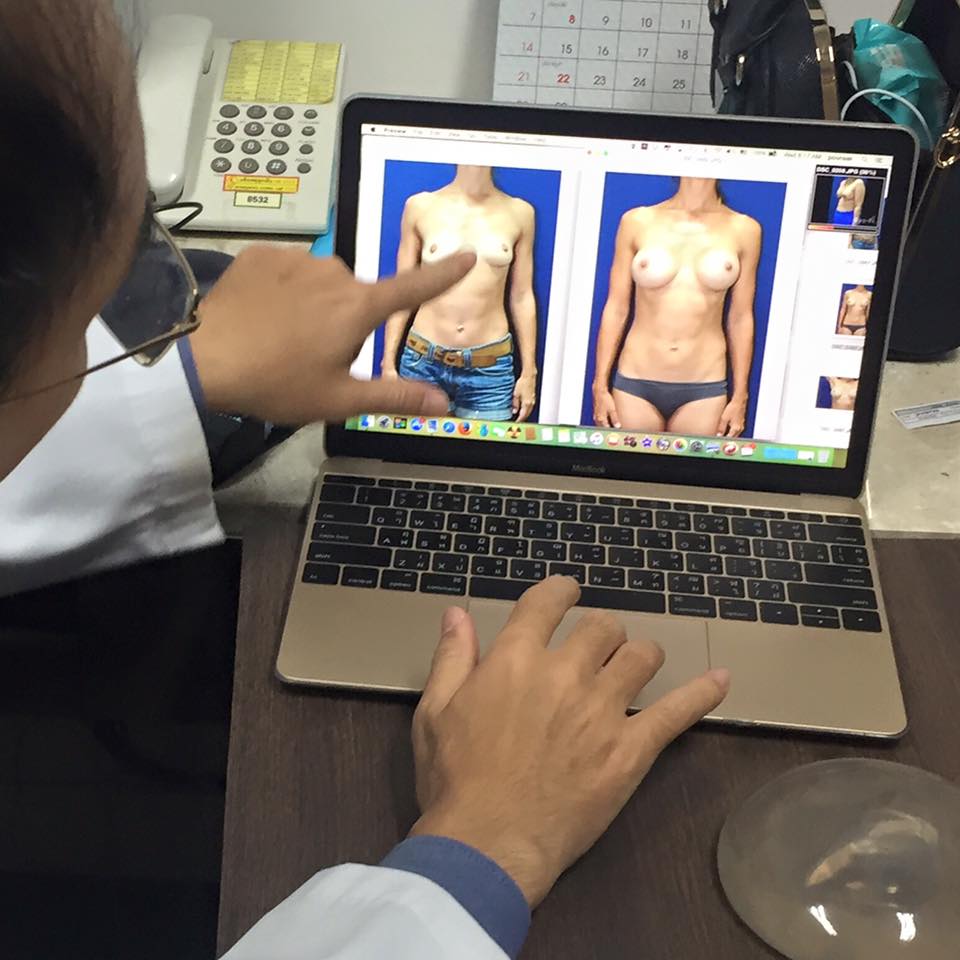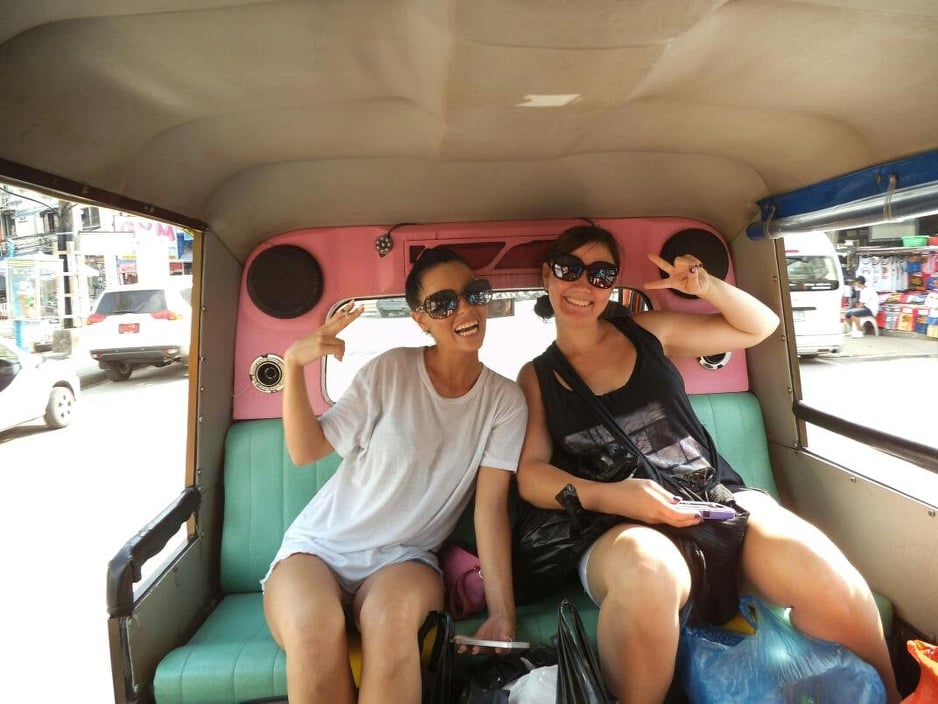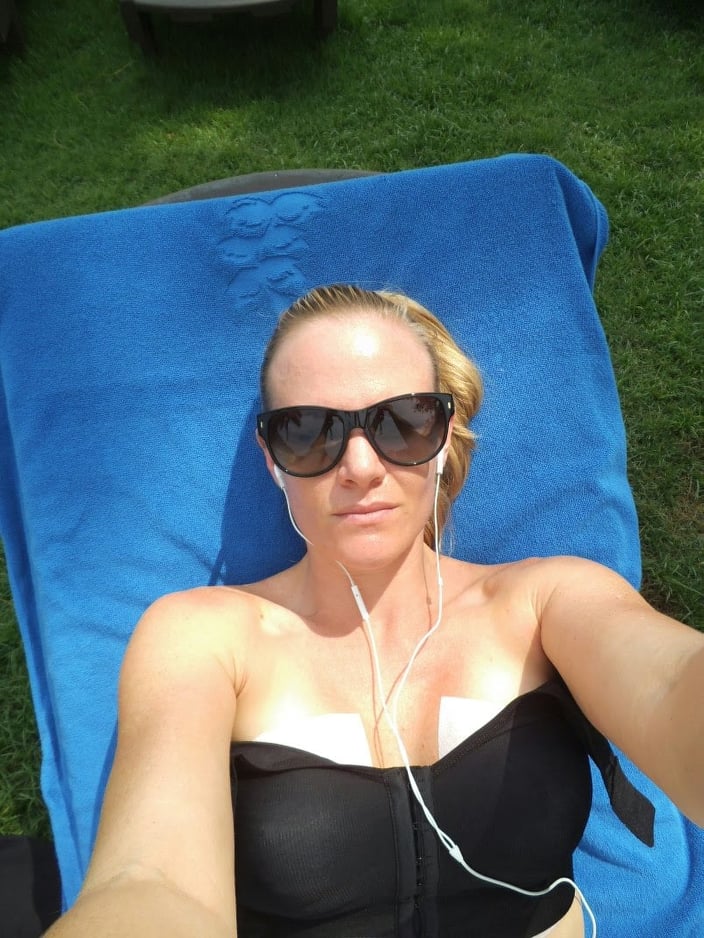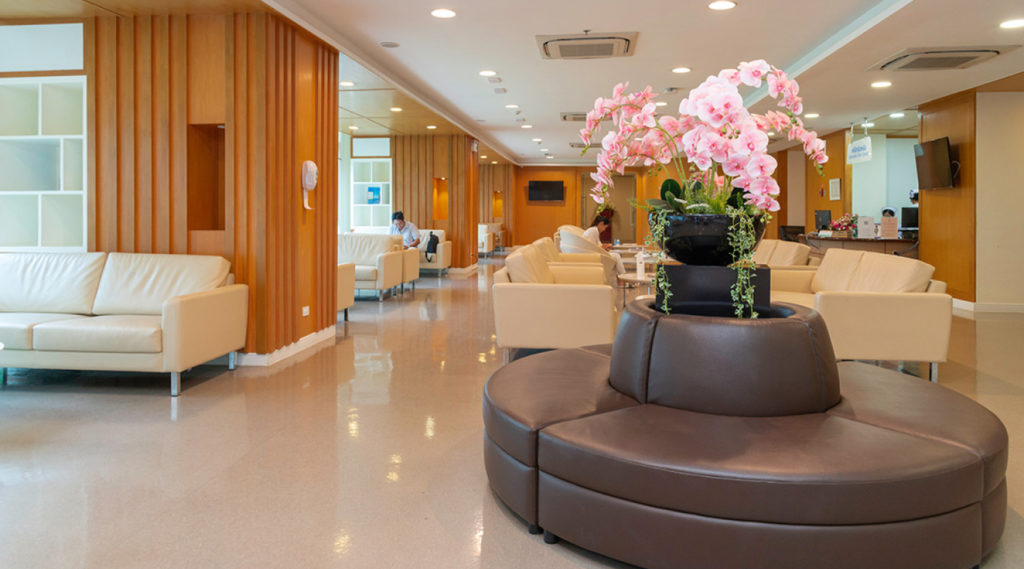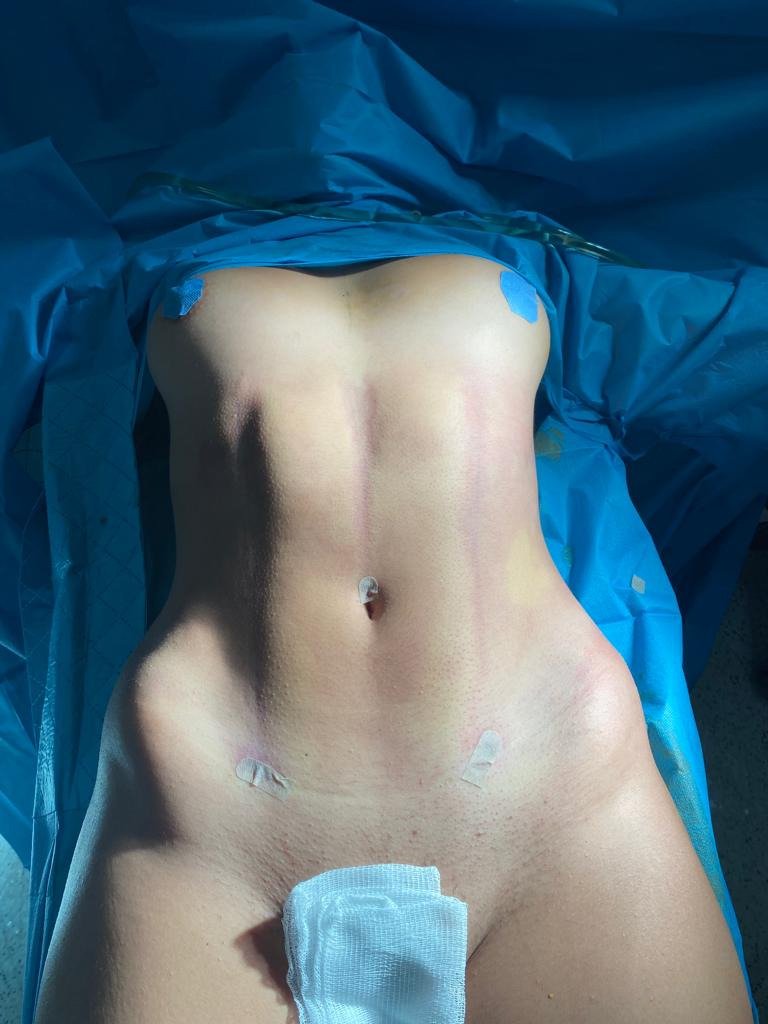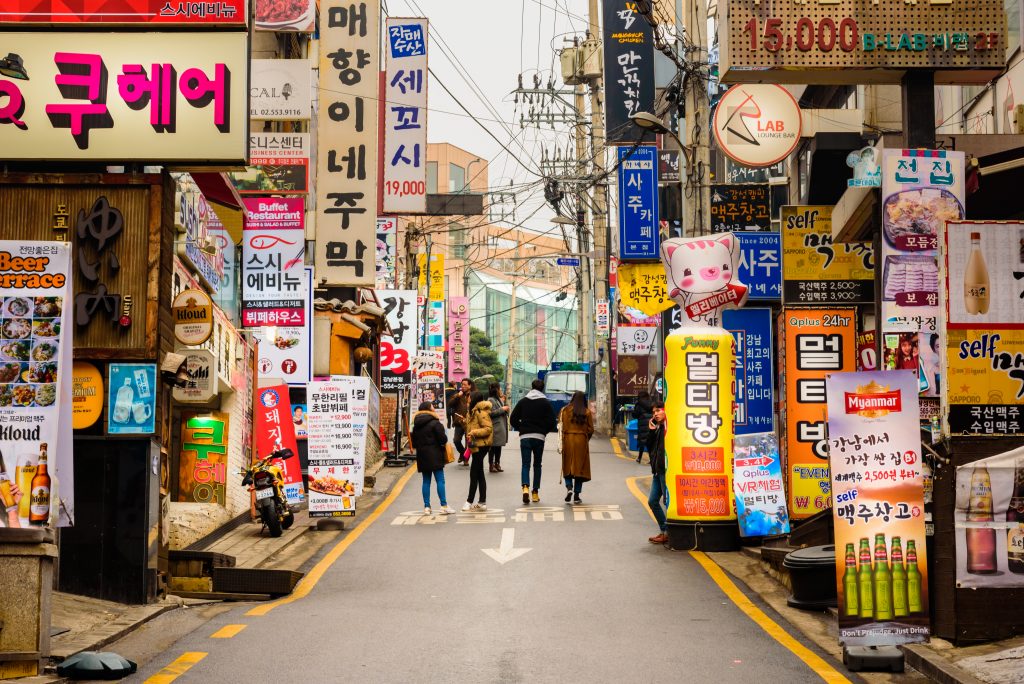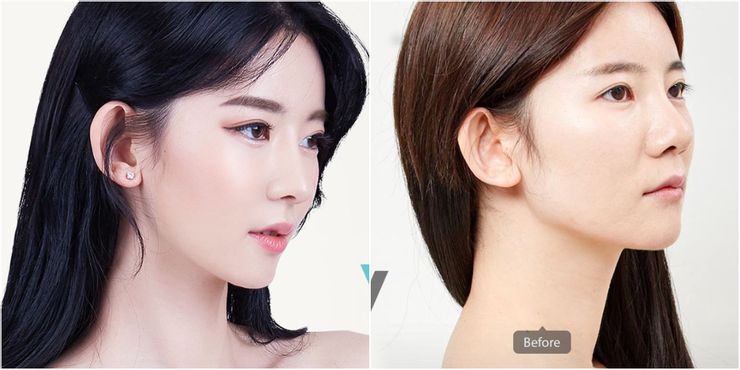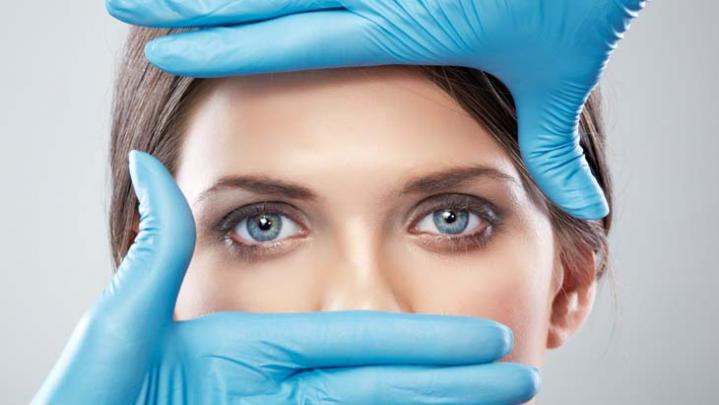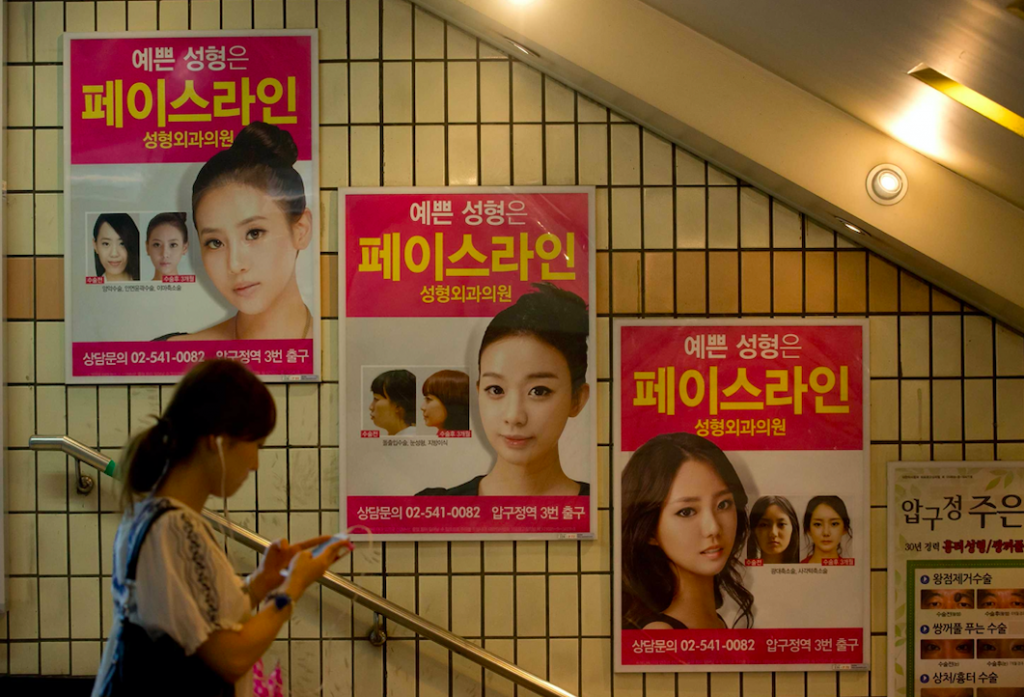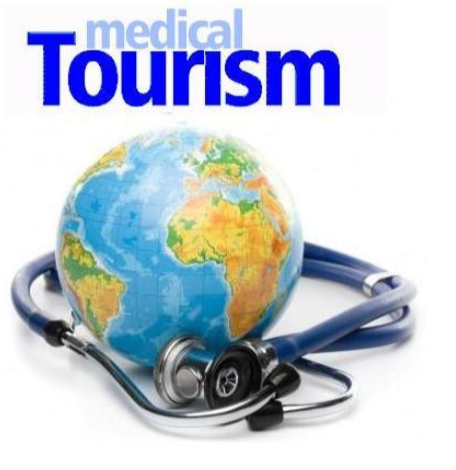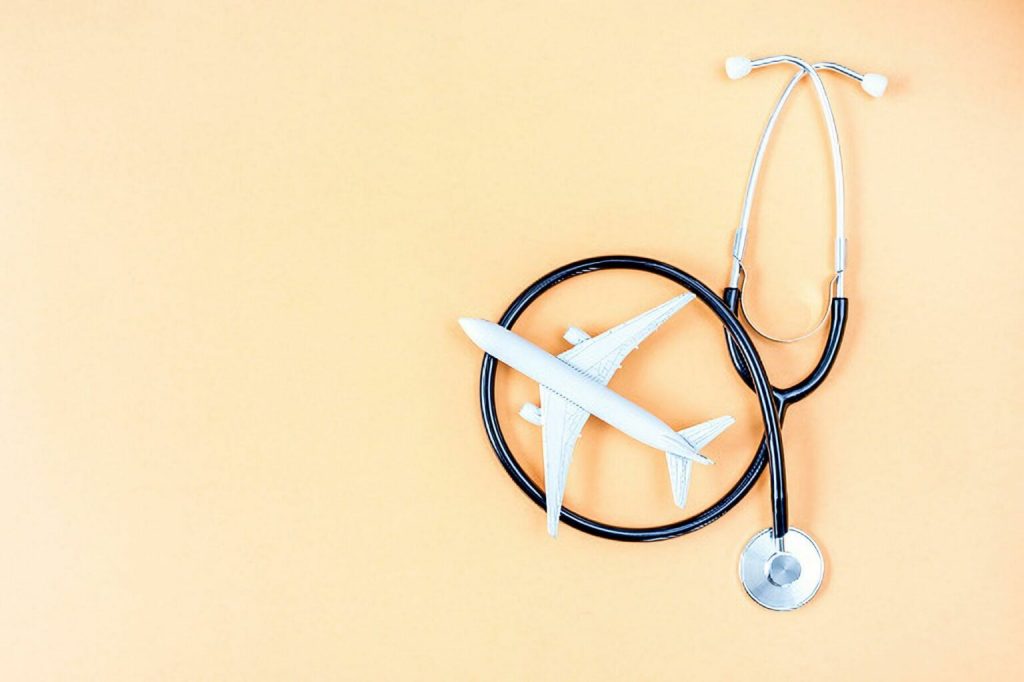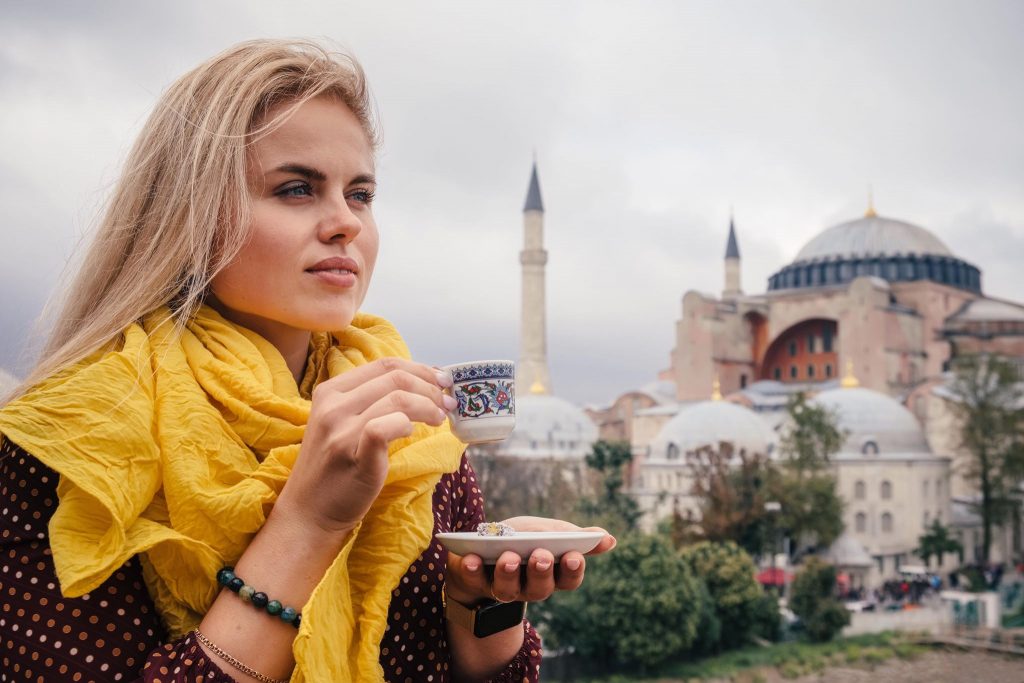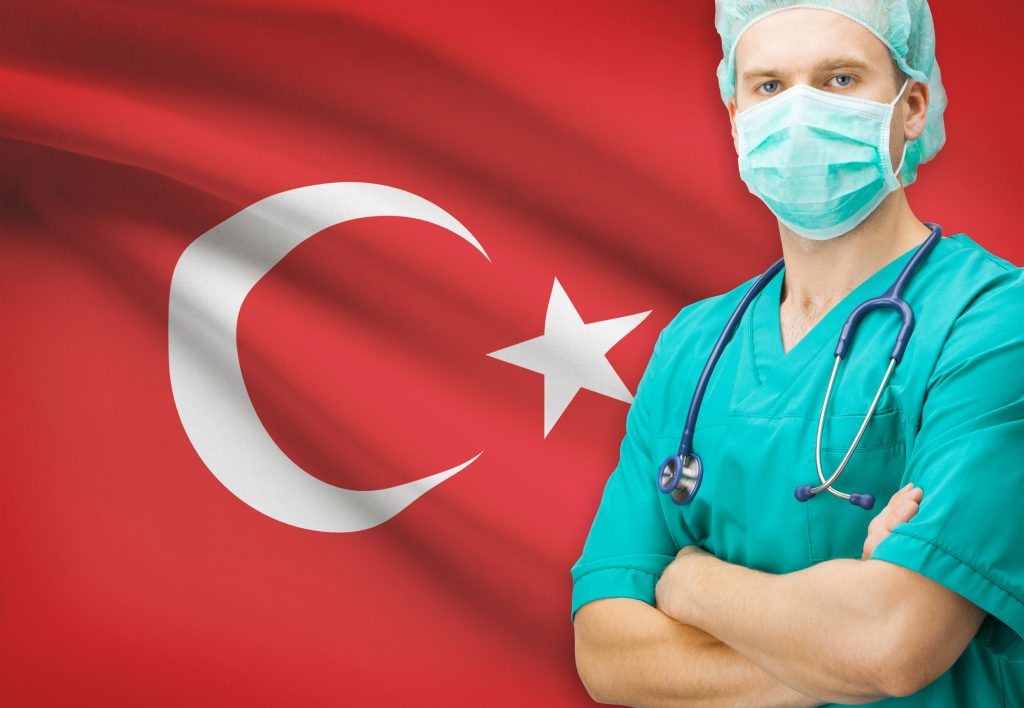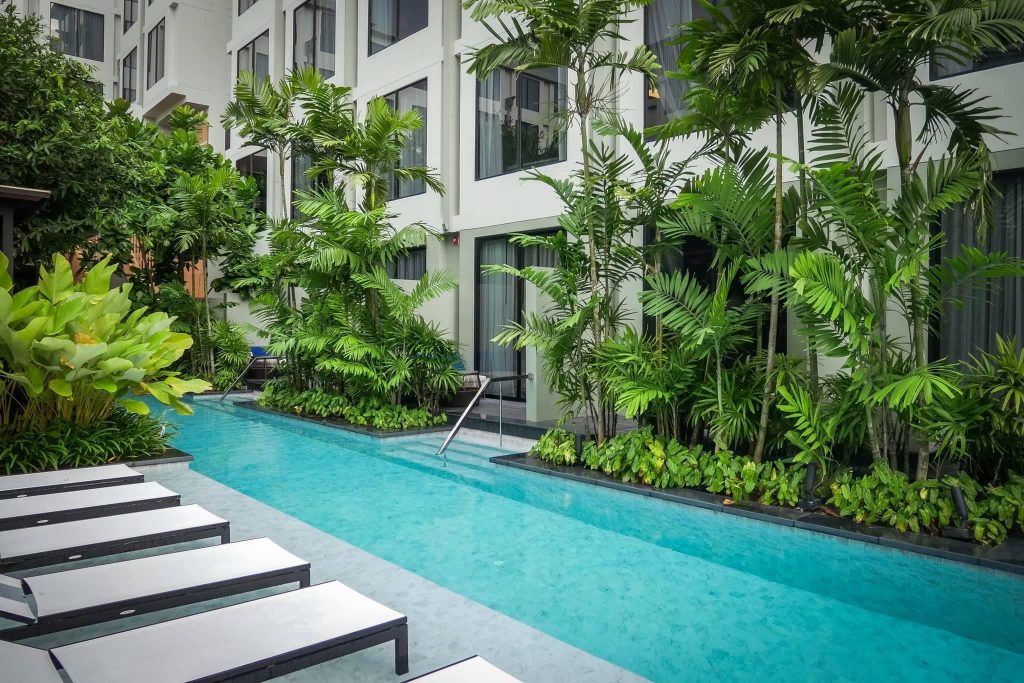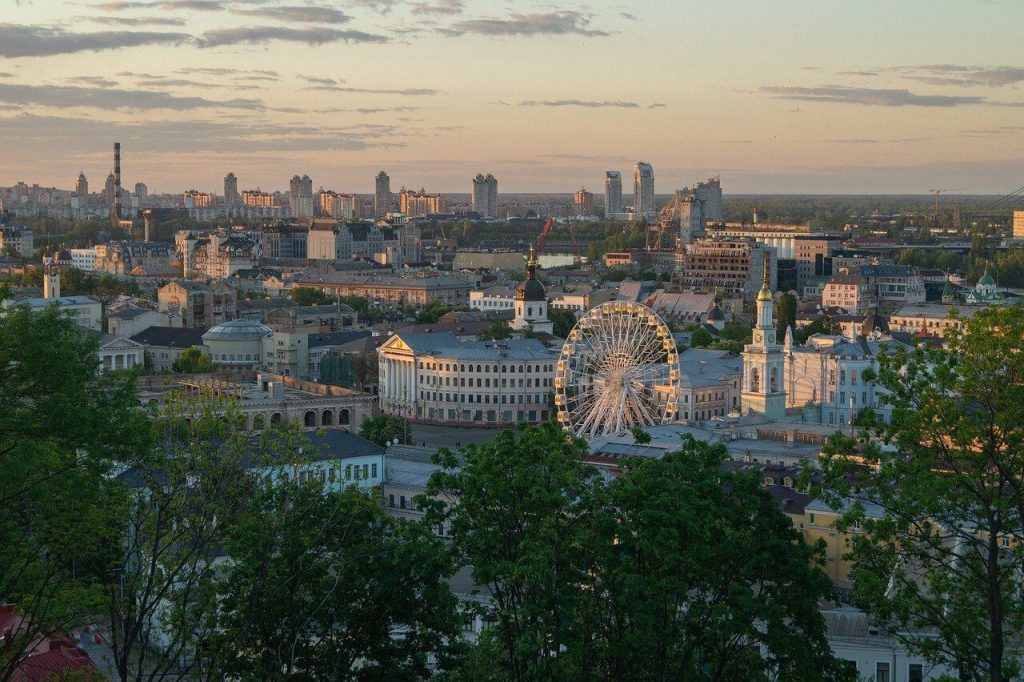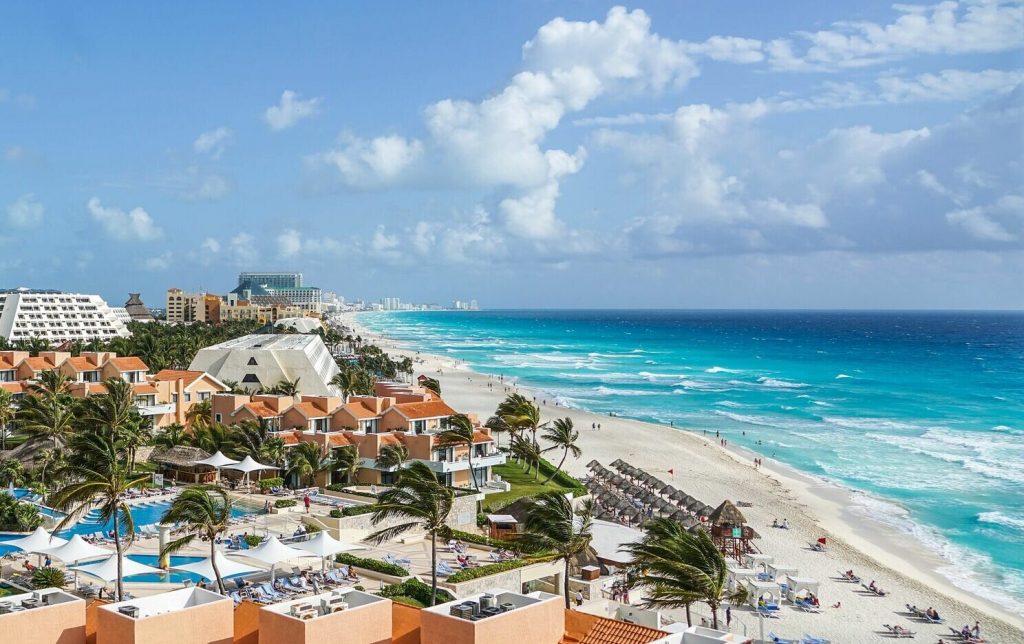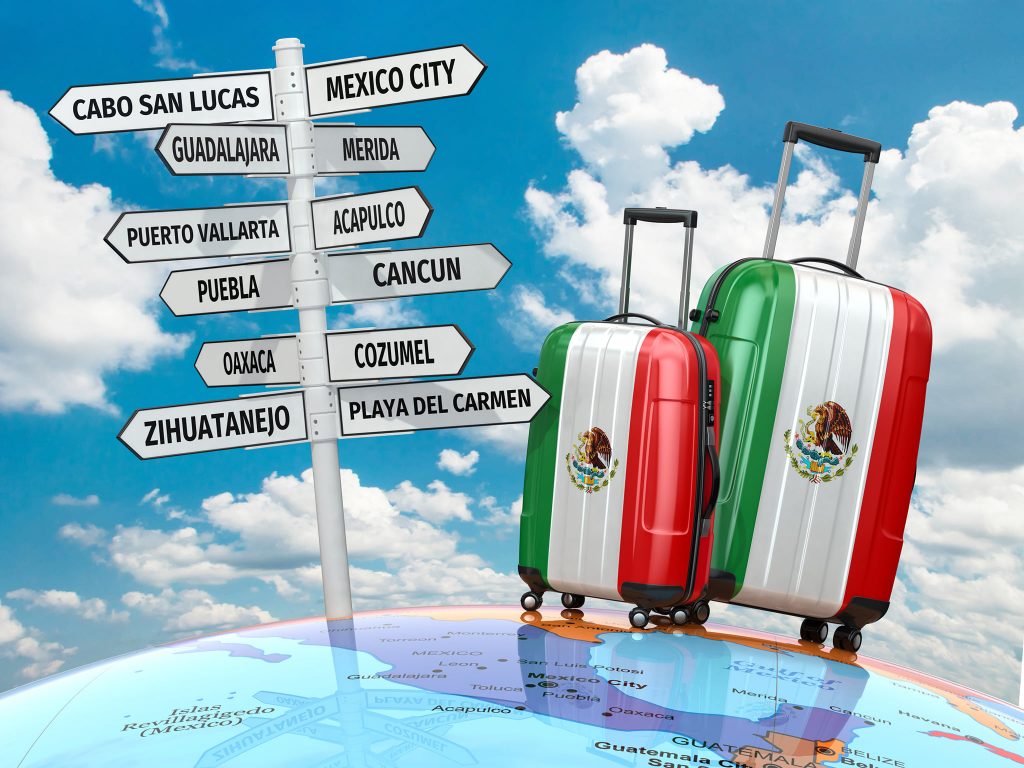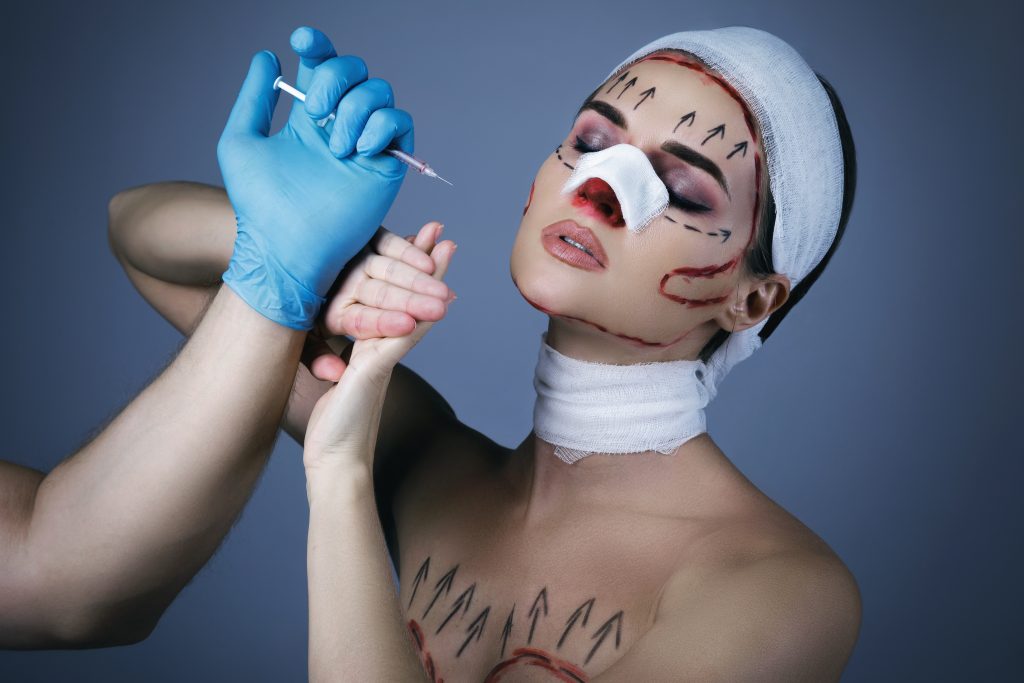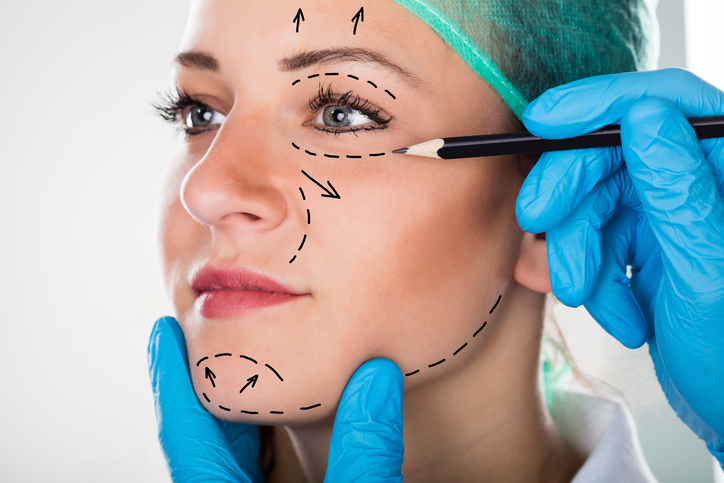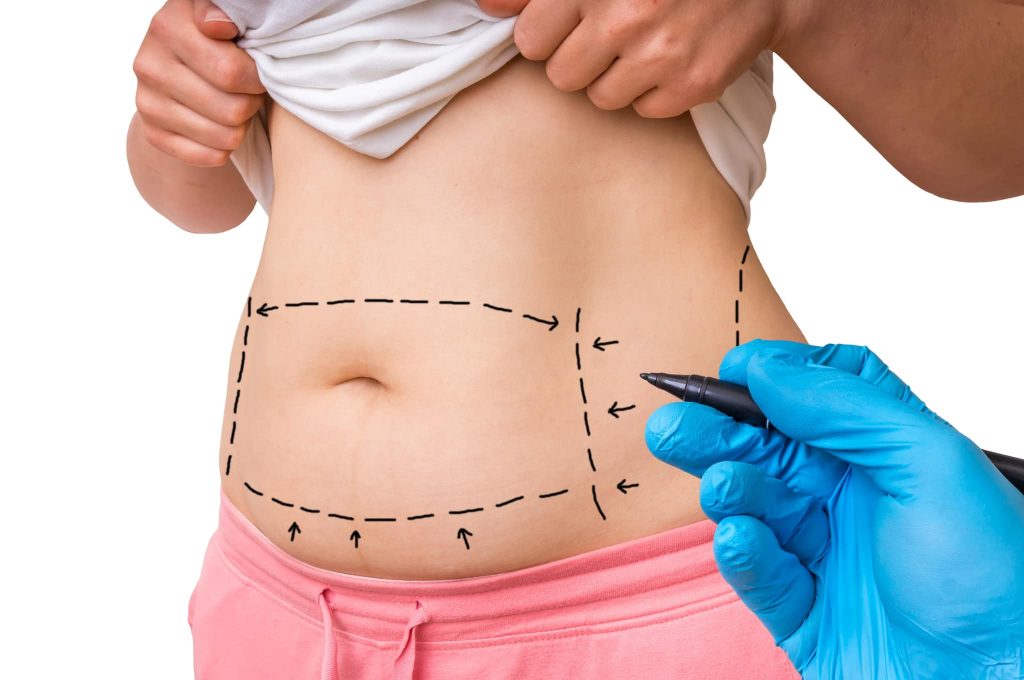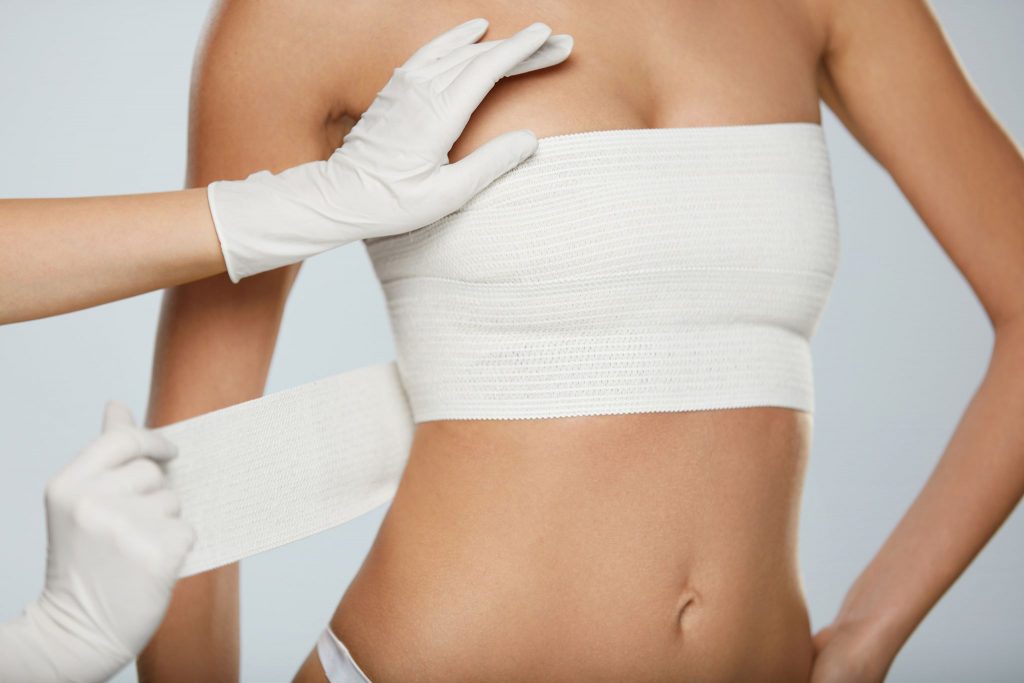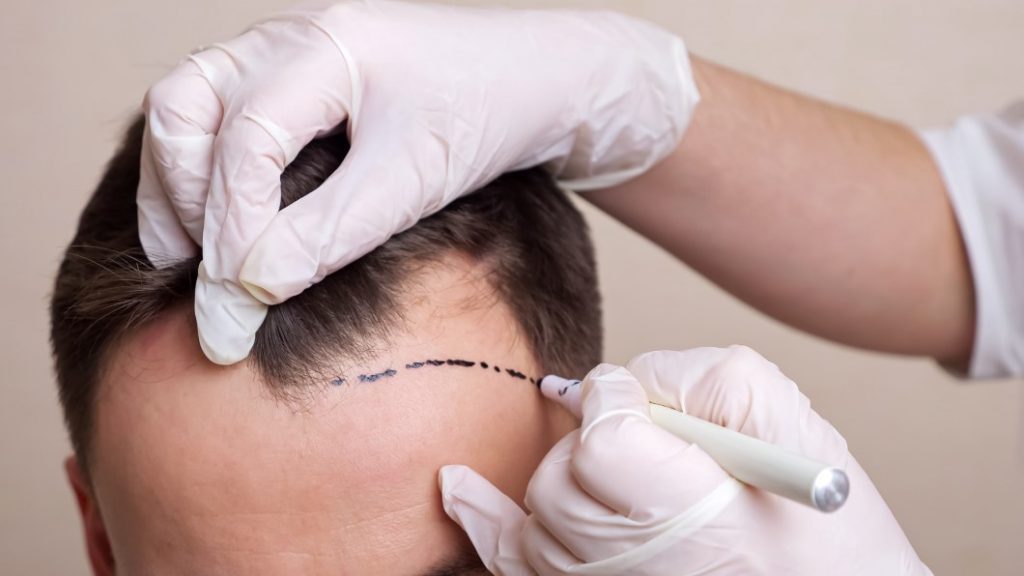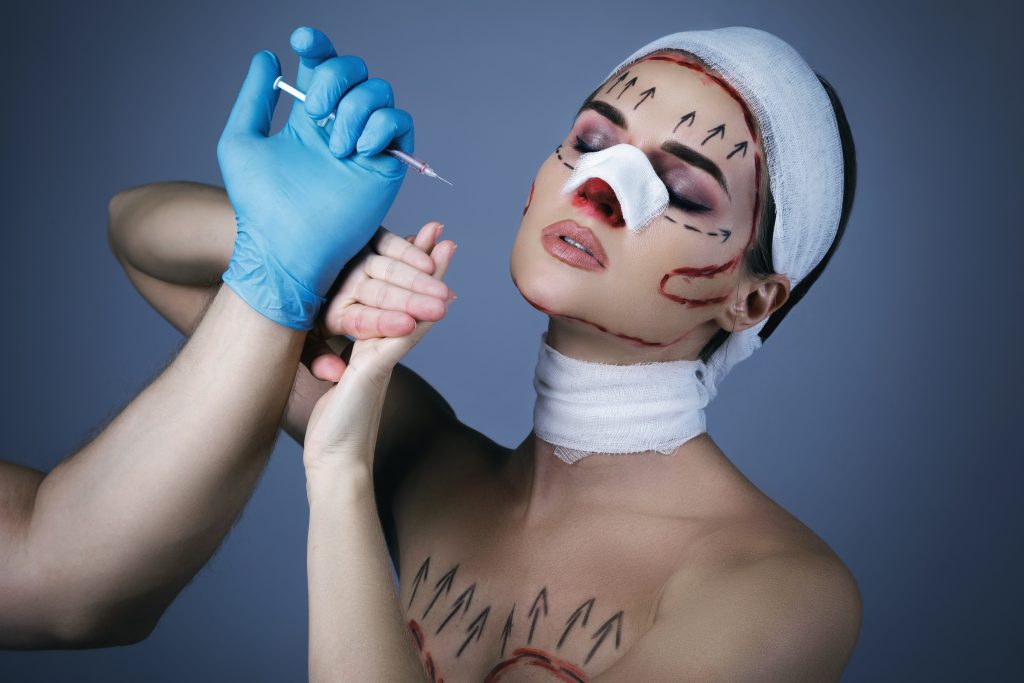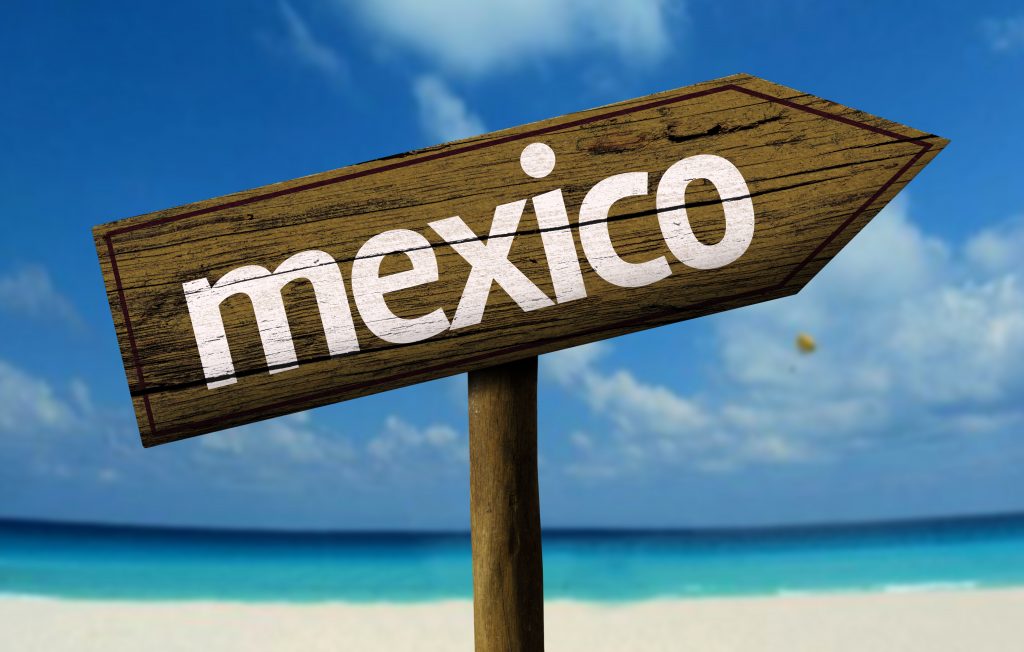Are we witnessing the end of the BBL era?
New photos of Khloe Kardashian flood social media looking THE BEST she has ever looked with a smaller derriere and very thinner, fitter bod.
TikTok is celebrating a possible cultural shift away from the Brazilian butt lift aesthetic.
All eras eventually come to an end. But is it’s demise isn’t necessarily a good thing?
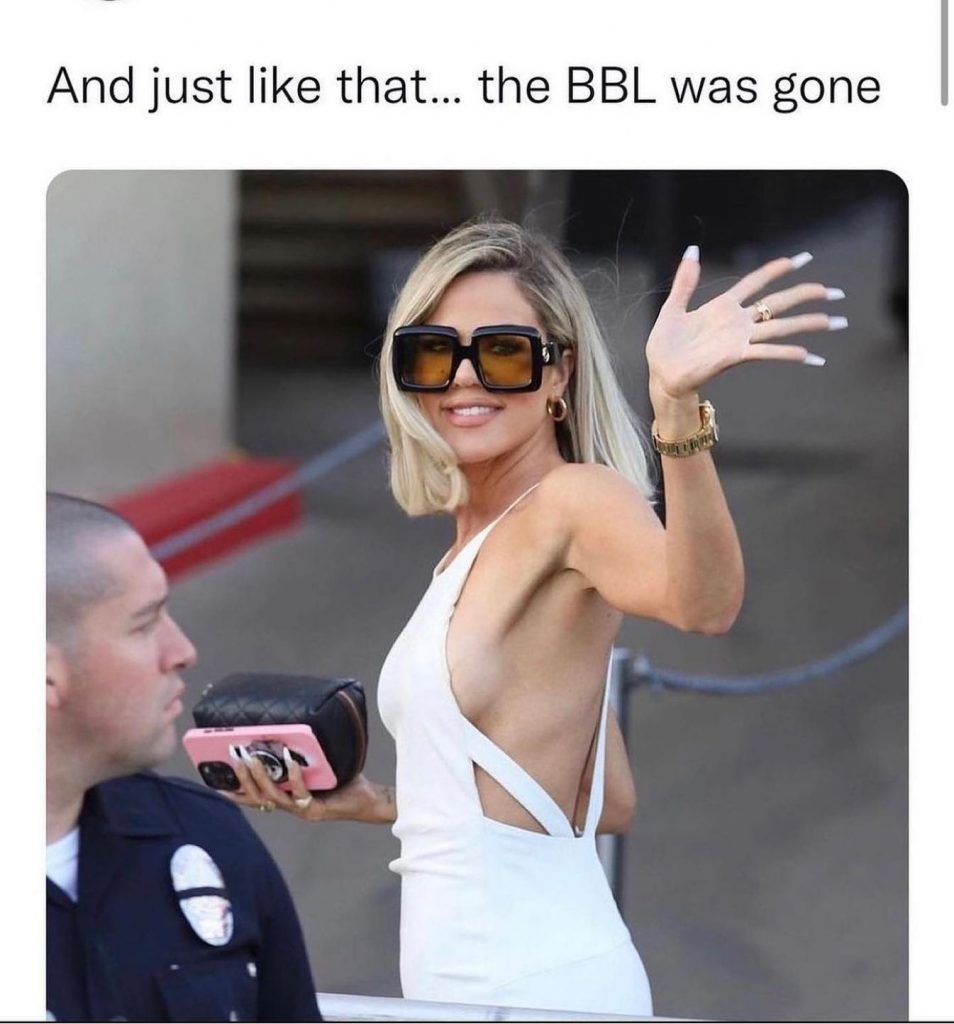

It’s hard to believe how much time has passed since Vogue dubiously ushered in “the Era of the Big Booty” in 2014 (and even more so since the peach emoji became shorthand for a desirably peachy bum in 2010). In the years gone by, the number of Brazilian butt lifts (BBLs) globally performed has grown by 77.6%, propelled in no small part by an army of uber-famous women with ever-growing, metamorphosing behinds made famous by none other than the above mentioned Kardashians. Anyone remember when unflattering photos of Kim’s butt were published earlier this year, they quickly went viral in 2017?
Photos of Kim Kardashian’s very famous backside made headlines all over the world after she was snapped during a candid moment on a girls’ holiday. Most people were stunned to see the asset (sorry) in all it’s natural glory — i.e. with cellulite — and it seemed to suggest that the smooth version we’ve seen in photos before now may have been digitally edited.
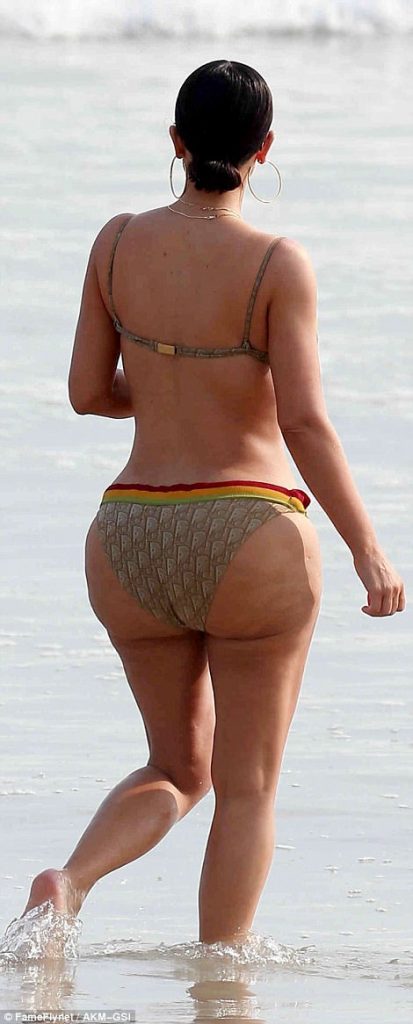
Or do you remember when she broke the internet when Kim K’s butt got her own magazine cover?
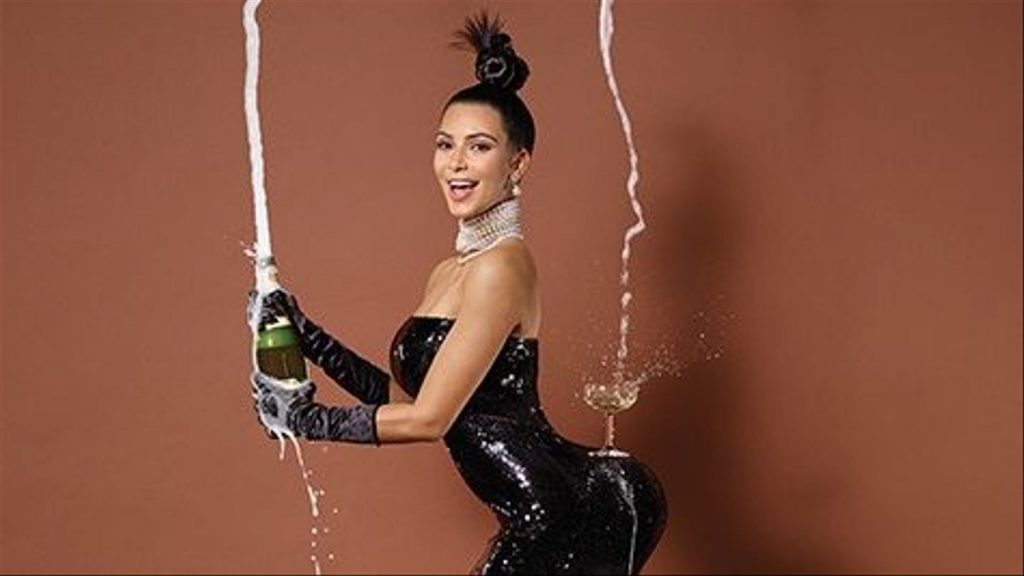
That celebrity effect has inevitably trickled down to our own social media feeds too. A casual scroll through Instagram will often present you with endless examples of the BBL influencer aesthetic; posts of women posing with a perfectly round bottom that takes centre-stage like an object in its own right, matched with an impossibly cinched waist and small breasts.
Sponsored ads ( much like ours) for seemingly easily accessible BBL surgeries are common on both Instagram and TikTok, while #BBL on the latter platform has 3.9 billion views and is proliferated with videos selling faja body shapers (padded shapewear for women that gives the illusion of a small waist and larger behind).
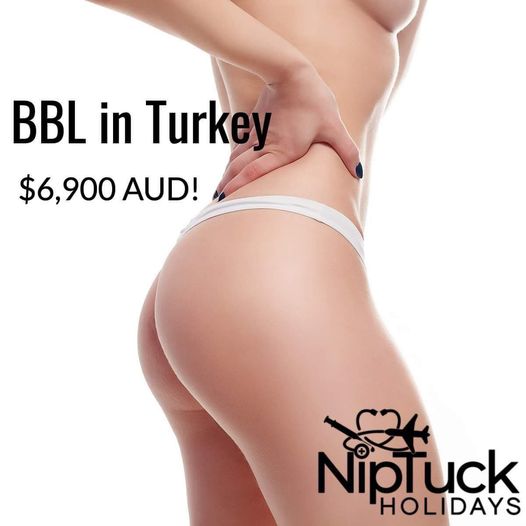
But all eras eventually come to an end, and the BBLs retirement is being helped in no small part thanks to TikTokers celebrating that, women especially, no longer need to feel inadequate about their lack of voluptuous behinds, especially since a series of recent pictures of Kim and Khloe Kardashian have cropped up with what appears to be a dramatic reduction to their famous bums.
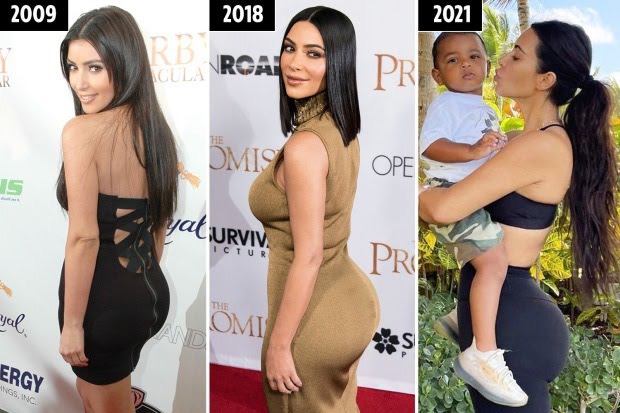
If not a removal of their implants, there is definitely a smaller implant and a buttock lift (esp for Kim) with the trend very similiar to what happened to breast implants trends and the breast implant era!

The “BBL Effect” is one of TikTok’s biggest trends this year with the hashtag having 202 million views. Started by @antonibumba, the trend pokes fun at the BBL-influencer aesthetic, portraying those who get the cosmetic surgery as having a ludicrously self-important, main character energy. There’s also been a decry of “BBL fashion” in the form of growing discontent over cut-out style garments that are practically impossible to pull off on a non-surgically enhanced body. But there’s also been a recognition of how out of hand the invasive trend has become.
Plastic surgery itself has roots partially in the racist and classist ideology of eugenics, a belief that the “genetic quality” of the human race can be improved by discouraging or stopping those deemed inferior from reproducing. Dr Renato Kehl, who founded the Eugenics Society of São Paulo in Brazil in 1918, approved plastic surgery to facilitate “the extinction of the black and the rainforest-dwelling races”.
Historically, beautification went hand in hand with prizing whiteness as the most desirable aesthetic. BBLs seemed to flip the script, with typically non-white phenotypes like big bums being celebrated. However, that celebration of curves was predominantly on the bodies of wealthy white women. As a result, the BBL has become an asset that generates racialised capital.
BBL surgery is also known for being a more dangerous procedure tat should only be performed by experperience Plastic & Reconstructive Surgeons- NOT Cosmetic Surgeons. Assessments are supposed to be undertaken prior to surgery for risk factors like being overweight, blood clotting disorders or any cardiovascular issues. During the procedure, patients run the risk of fat, which has been removed from other areas of the body, being injected into one of the deep blood vessels connected to the heart or lungs, resulting in cardiopulmonary collapse, which can cause infection, strokes or even death.
Surgeon Samuel Lin told Harper’s Bazaar: “the mortality rate from BBL is estimated to be as high as 1 in 3,000; this is greater than any other cosmetic surgery”. Viral plastic surgeon Emily Long has highlighted some of the dangers on TikTok. In some states in the Australia and US, Cosmetic Surgeons ie GPs and doctors can practice as “Cosmetic Surgeon’s” and take a “weekend course” to be qualified to administer BBLs. Inevitably, the cheapest surgeons are also likely those less reputable, increasing the chances of medical complications or botched results for the less wealthy.
It is, of course, impossible to dissect the BBL narrative without doing a deep dive of the Kardashian-Jenners, who are often considered the figureheads of the trend. Speaking to MJ – the creator of @kardashian_kolloquium, a TikTok account that demystifies the Kardashians through an academic lens – they speculate why the BBL trendsetters might also be bringing big butts to a close. “We don’t know yet if it really is the end. We don’t have enough data yet,” she disclaims, but “they are ageing and will commodify themselves in different ways.” MJ acknowledges that even super-influencers remain vulnerable to patriarchal ideas of female expiration dates.
MJ further argues that “extreme plastic surgery is inherently a gesture of economic power” and for celebrities “their newly enlarged butts became the perfect display of excess”.
There’s also a paradox here. For many women, the idea the BBL era might be ending is cause for both celebration and anxiety. For those of us with curvier bodies, the rise of the BBL aesthetic initially came with a relief at not having to live up to the stick-thin body championed in the 2000s. A trend that for many created a dysmorphic view of teen girls bodies and a perpetual drive to lose weight that continued into adulthood.
While the BBL style was in itself still out of reach, it paved the way for a self-acceptance of natural curves, no doubt at the expense of other women then feeling more inadequate about their bodies. Ultimately, liberation from these trends requires a dismantling of the notion of body standards completely.
Whilst we don’t yet know whether the sun is finally setting on the BBL era, there is one thing we can be sure of: we are very far off from living in a world where race, class, and gender dynamics don’t heavily influence who can profit and who loses in the marketplace of beauty standards, and even further away from living in a world where female body types are not commodified at all.
Original story with some editorial changes was published in BEAUTY by Banseka Kayembe on 23 December 2021
